Contents
One of the keys to fashion brand success is developing a strong relationship with a clothing manufacturer. It has an impact on important business factors such as product cost and quality. There are numerous options to consider with a large number of garment manufacturers located all over the world.
So, with a product idea and business objectives in mind, what should you do next? To find out follow our instructions.
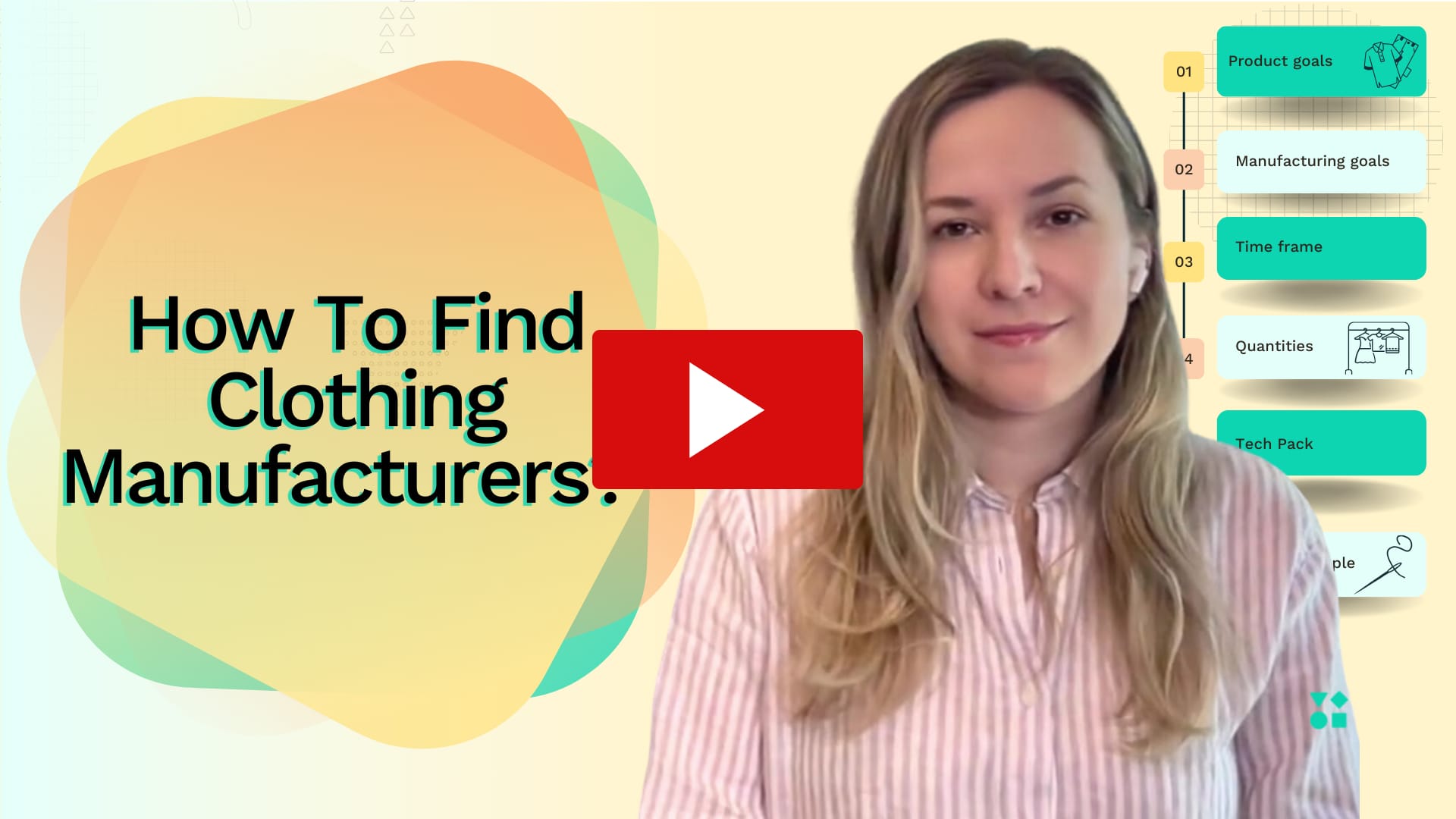
Must-haves to start looking for a clothing manufacturer
When looking for a manufacturer, it is critical to understand what type of manufacturing partner you require. One common misconception that some entrepreneurs have when looking for a manufacturer is that factories can do everything, including design, sourcing materials, and production. However, not all factories are one-stop shops, and you will almost certainly need to find a design partner, a materials partner, and a manufacturing partner. A design partner can assist you in transforming your sketches into a pattern, and then into a technical drawing. Sourcing partners can assist you in locating fabric, hardware, and all other components required to complete your product. Finally, a manufacturing or construction partner will manufacture or construct your product and make it usable.
In order to find a right manufacturer for your business you will need to have some essentials on hand:
- Establish information about your product and brand goals. Make a rough estimate of your budget.
- Determine what capabilities you will require from your manufacturer. For example, do you need a Full Production Package or Cut Make and Trim services?
- Have a time frame in mind and be ready to adjust to your manufacturer’s schedule depending on how busy they are.
- Determine how much you want to produce.
- Develop a tech pack that will include product sketches, construction details, Measurement Specs and Bill of Materials.
- Have a working prototype or sample of your product on hand, or talk to the manufacturer about making one.
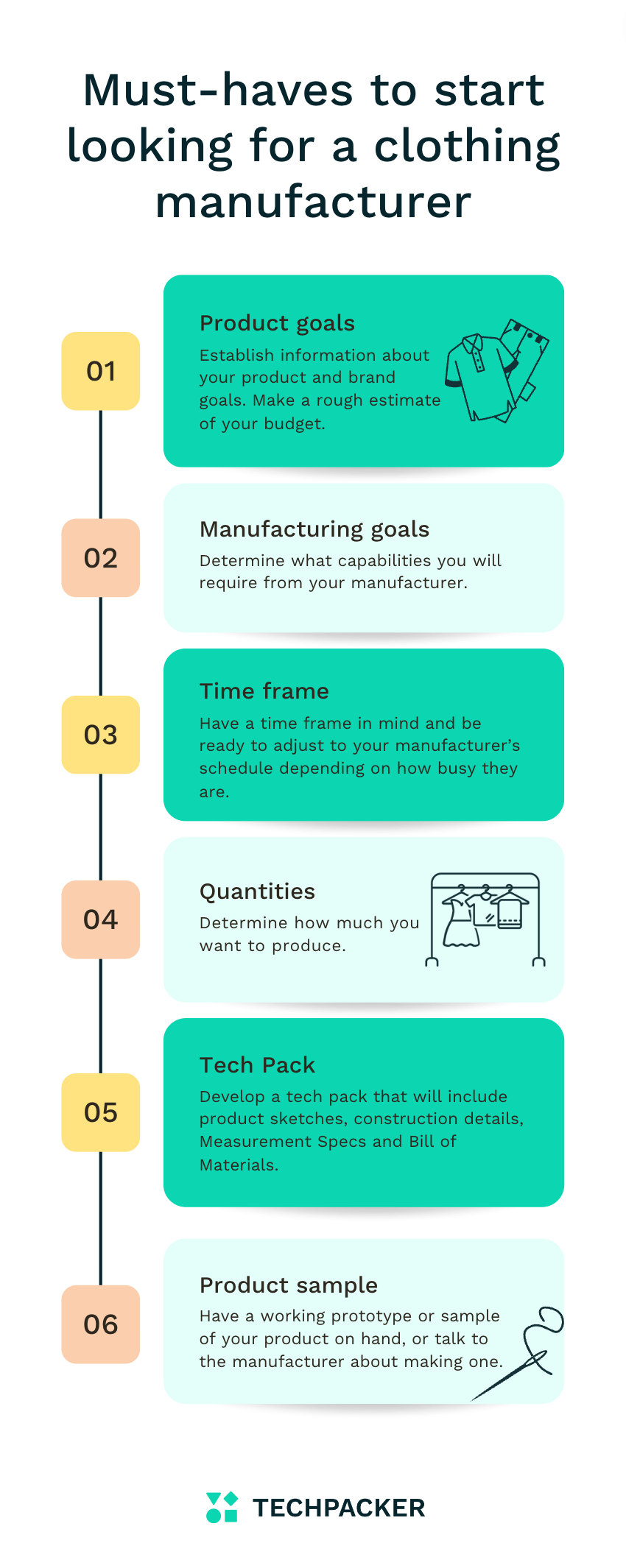
Where to search for a clothing manufacturer
Once you've created a solid business plan and understand your company's requirements, it's time to start looking for a manufacturing partner. If you are looking for apparel manufacturing, it is critical that you understand some of the key terms that will assist you with your production process.
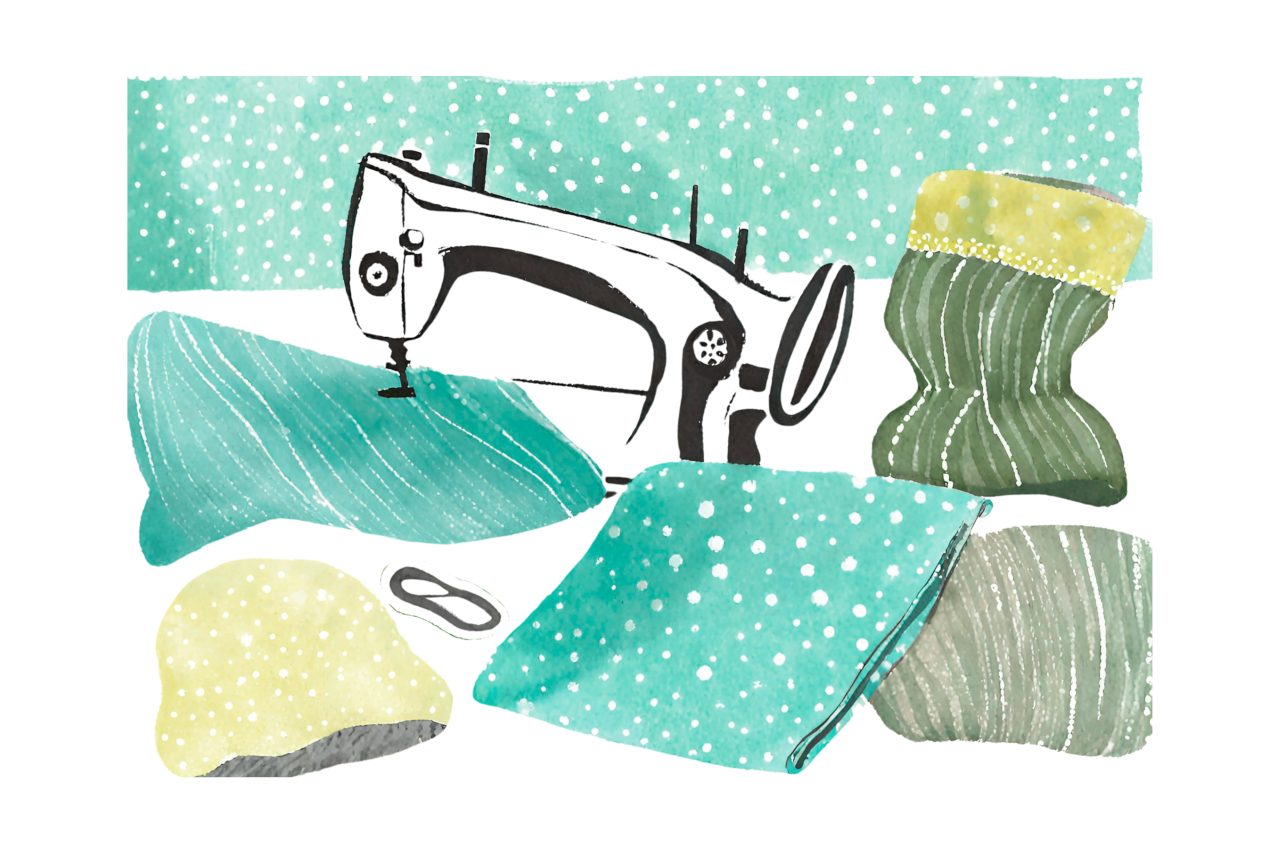
Once you've mastered all of the jargon and technical terms, it's time to start your search on the internet. Online directories are one of the best places to look for a manufacturer. Thousands of manufacturers, suppliers, and wholesalers are listed in directories. Maker's Row, a platform that makes the manufacturing process simple to understand and accessible, is one example of an online directory. You can also look them up on social media platforms to see what they're up to and get in touch with them. You can accomplish this by using hashtags and keywords related to your search.
Attending a trade show is another way to find a manufacturer. The most significant benefit of attending a trade show is the opportunity to meet with factory representatives in person. You can inquire about their development fees, yard/piece minimums, logistics, and payment terms. This is also an excellent time to discuss your production requirements and determine whether their factory is the best fit for your brand.
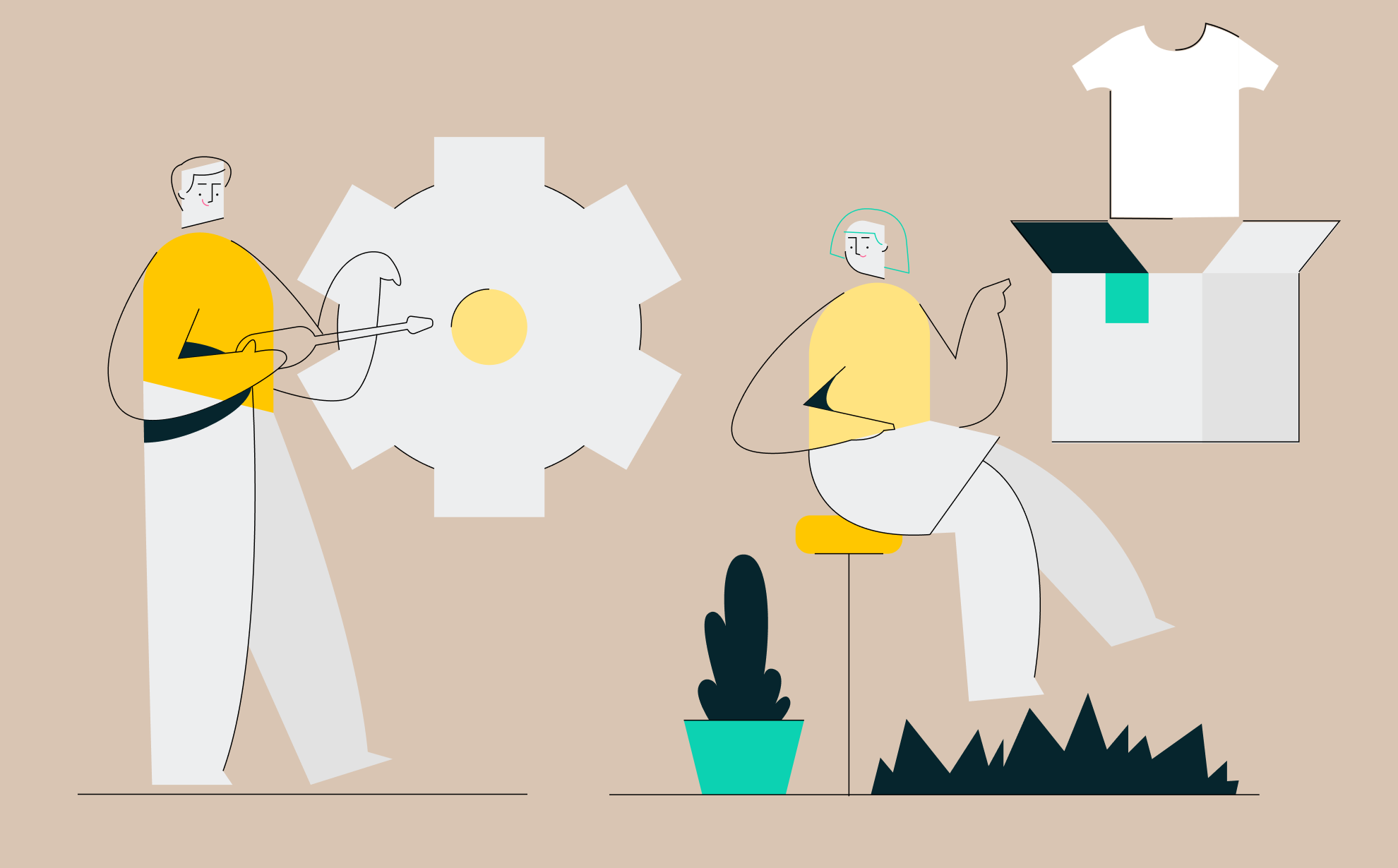
Get a full insight into clothing manufacturing process in this guide
Top 5 tips on vetting a clothing manufacturer
When you contact the factory, make sure they know who you are and what your brand is. It's best to keep it short and simple. Mention the name of your company, your main product, and what you hope to produce. To request a quote from the manufacturer, it's also important to include a tech pack. If you do not have a tech pack, provide a detailed description of the product you are attempting to manufacture.
Before you contact a manufacturer and start working with them, keep these 5 tips in mind:
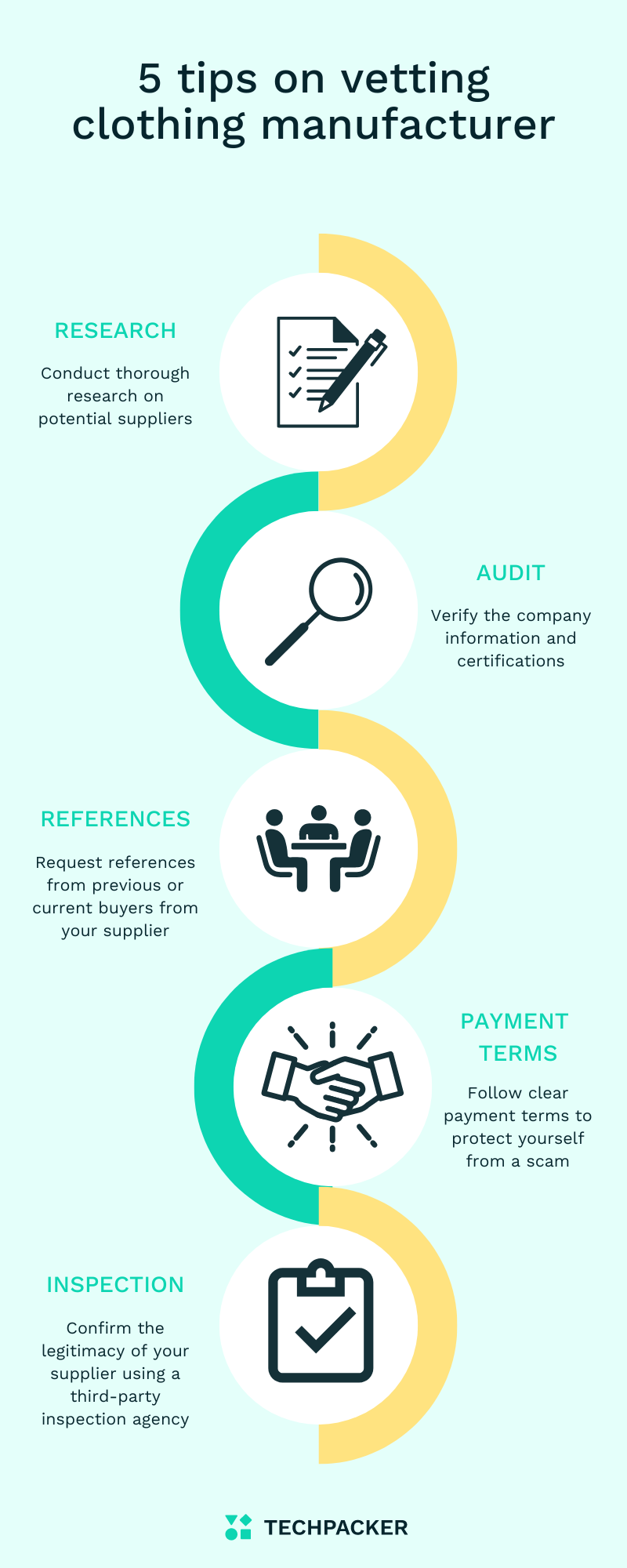
Conduct thorough research on potential suppliers
Don't put yourself in awkward situations because you overlooked important information before agreeing to work with a manufacturer. When a potential supplier contacts you, dig a little deeper and cross the following items off your checklist:
- Examine their website thoroughly.
- Check if they are selling products similar to yours.
- Keep an eye out for poor English.
- If you find an address, see if it matches the supplier's information. A 500-machine factory, for example, will not have an address like "Room 501, XYZ Building."
- Is their phone number active? Call to confirm its authenticity.
- Look them up on the internet. In particular, feedback from their customers.
Check to see if they are a member of a B2B website and when they joined. This information is usually available on most websites. We are not suggesting that you avoid suppliers who have been members for a short period of time, but you should make sure that there is a logical correlation between the length of time the supplier has been a member and its legitimacy.
Audit reports and certifications
Many buyers, particularly large brands and retailers, will require onsite audits of their new suppliers to ensure they can meet the buyer's requirements. An audit will typically check and verify the company information, product information, and employee information to ensure that they match what the buyer is looking for.
Inquire with your supplier about previous audits and whether you can review the audit reports. A reputable vendor will make these available to you. However, if another brand paid for this report, the supplier may be unable to share the information due to confidentiality concerns.
However, keep the following in mind when it comes to audit reports:
• Not all suppliers have previously been audited by a buyer. As a result, a lack of reports is not always a red flag. These audits are typically performed only by larger buyers.
• If the supplier sends you an audit report, double-check that the name on the report corresponds to the supplier. This includes the address, phone number, website, and so on. Some less ethical suppliers are known to "borrow" a report from a friend at another factory. We've seen cases like this before.
• A different factory name on the audit from the supplier you're dealing with isn't always a red flag. Suppliers frequently collaborate with other businesses. However, do request a signed letter from the factory (on letterhead paper) confirming that they work with your supplier. Your supplier should have no trouble producing this.
• In some cases, the audit report may reveal inconsistencies, such as addresses. Consider the report's publication date. The supplier may have relocated. Again, if something doesn't add up or you are unsure, don't be afraid to question it.
When considering a supplier, some type of industry/internationally recognized Certification is also a good sign. Among the most important certifications are: GOTS WRAP OEKO-TEX BCI. Inquire with your supplier to see if they are certified by any of these organizations. It is critical to confirm the Certification with the appropriate agency.

Get a full insight into clothing manufacturing process in this guide
References
Request references from previous or current buyers from your supplier. Suppliers typically do not like to share this type of information due to confidentiality concerns and fear of negative references, but they do not hesitate to try.
In reality, most orders (even the good ones) will have some sort of issue, big or small. The supplier understands that if you ask a previous or current buyer if they had any problems, they will most likely tell you.
It's always a good idea to ask for references, but it's not always a red flag if the supplier refuses or claims that this information is confidential.
Payment terms
Following clear payment terms is one of the best ways to protect yourself from a scam. These should specify that the supplier will not be paid until the job is finished. A Letter of Credit is one of the most secure options here.
Some suppliers don't like using letters of credit for a variety of reasons, including:
• No payments are made to the supplier until the terms of the LC (letter of credit) are met.
• There are some additional costs associated with LCs, but they are minor.
• LCs have a set delivery date as well as an expiration date.
• Legitimate suppliers frequently have reasons for refusing LCs. However, these can be negotiated.
• If the supplier refuses to accept the increased bank charges, offer to accept half the cost.
• If the supplier is concerned about meeting the delivery date specified in the LC, you can offer to extend it.
Under any circumstances, a scammer will never accept an LC. They will demand full payment in advance. Never accept this, even if the supplier is verified and legitimate, or if the deposit is large, such as 50%. Letters of Credit or a reputable escrow service are the most secure payment methods.
Inspections
A third-party inspection agency, such as Intertek or SGS, can also be used to confirm the legitimacy of your supplier. They will send an inspector to your supplier's location for a fee to ensure that everything is in order.
Inspections play a great part in quality assurance and garment quality control.
These inspection agencies provide following services:
• They examine business licenses, whether the supplier meets the country/legal region's requirements, any social compliance certificates, and other certifications.
• They will then present their findings in a photo-filled report. The report will generally indicate where the supplier meets and where they do not meet the aforementioned requirements.
• There will be no recommendations in the report. Finally, you must decide whether or not to work with the supplier.
Scamming, in our experience, is the exception rather than the rule. The vast majority of suppliers want to do business in an honest and mutually beneficial manner.
Global manufacturing trends

Following difficulties in 2020 due to the coronavirus pandemic, when sales in the apparel industry suffered, global demand for clothing and shoes is expected to rise again. The global apparel market is expected to rise to approximately 2 trillion dollars by 2026. The United States and China account for the majority of this apparel demand, with both generating significantly higher revenues than any other country. These two countries are important players in international trade. China is the country with the highest value of apparel exports. In terms of the value of apparel imports, the United States ranks second only to the European Union.
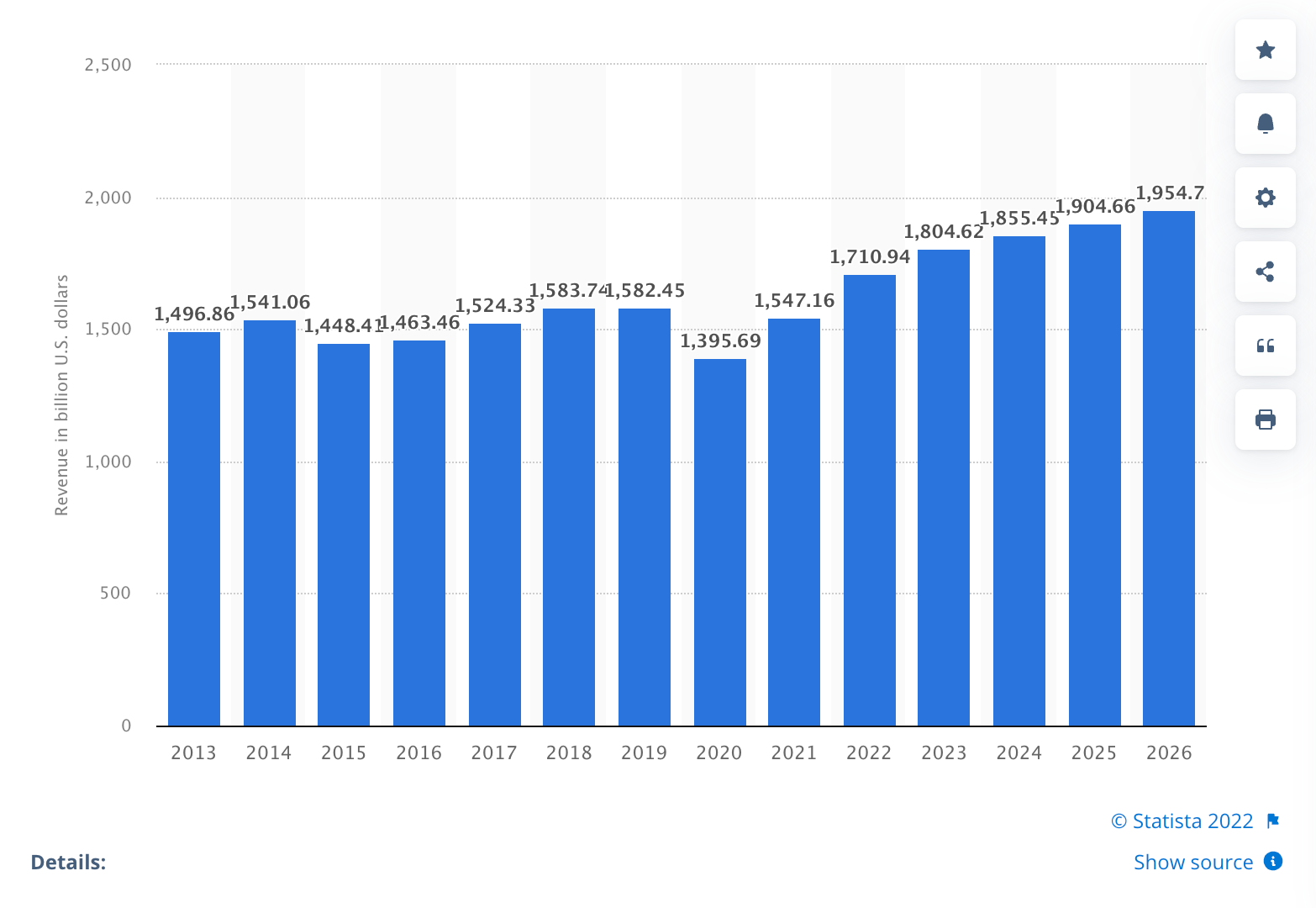
Sustainable, on-demand manufacturing and modern clothing manufacturing trends are gaining popularity as consumers become more conscious about their choices.
Fashion brands are also deciding whether to produce small batch or go mass market when selecting their business strategy. All of those are important factors to consider before selecting the country for clothing manufacturing.
Clothing manufacturing in the USA
It can be difficult to find a piece of clothing with the label "Made in the USA." During the 1960s, approximately 95 percent of the clothing worn in the United States was manufactured in the country. Following years of bad trade deals and recessions, 97 percent of apparel was manufactured overseas. Many businesses moved their operations offshore due to a lack of capital and a qualified workforce.
In recent years, there has been a resurgence of American-made products, with more to come as trade agreements between the United States and other countries improve. There are over 100,000 textile mills in the United States. Cotton, wool, silk, and other natural fibers, as well as a variety of synthetic fabrics, were used to create the fabrics. Designer wholesale clothing companies can choose from a wide range of American-made fabrics.
As the economy improves, new apparel manufacturing companies are sprouting up across the country. Although, it is difficult to find qualified employees. American workers must rise to the occasion and acquire the technical skills required for the future of manufacturing. Lasers are being used to precisely cut out pattern stacks. Sewing automation has used robots to takeover certain steps, such as sewing trouser pockets, but workers are still required to sew the pieces together.
Even though American manufacturing is still struggling, it is outpacing other advanced nations. Quality matters, and many people choose to buy American-made even if the price is slightly higher than a comparable foreign-made item.
Clothing manufacturing in Asia
In the majority of sectors, Asia is the center of production. The same is true for textiles, which is why Asia is one of the best regions for fashion industry production. When we think of production, countries like China, Vietnam, Bangladesh or India first comes to mind. Yes, they are frequently the most important locations for the manufacture of textiles and clothing. But today, other nations that are significant players in this sector include Pakistan, Thailand, Turkey, and Hong Kong.
Higher production costs are converting China from a location for fast-fashion and value-market manufacture into a hub for high-quality apparel and textile production. Chinese clothing producers stand out from the rest of the world due to three factors: their capacity for handling large orders, their rapid lead and production periods, and their ease in conducting business with companies from all over the world.
India is the world's second-largest producer of silk and cotton, and it has a strong tradition of fabric arts extending back thousands of years. Weaving, embroidery, and other masteries have been passed down from one generation to the next, and this is evident in the end product's quality and complexity. India has the most dynamic fashion market in the world, with sales expected to increase by an average of 20.8% yearly and more than double to €24 billion by 2023. It is quickly gaining popularity as a location for fashion design.
Vietnam has long been recognized as a source of high-quality materials and time-honored fashion techniques. Vietnam is now among the leading producers of apparel and textiles in the world thanks to recent technological advancements and investments. The Vietnamese textile and garment industries directly employ more than two million people today. Vietnam is a significant competitor to other Asian nations thanks to its centuries-old skills, creative fabric uses, modern technology, and lower production prices.
Turkey is currently the world's fifth-largest maker of textiles and apparel, contributing 10% of its GDP and employing 20% of its workers. Turkey is a great location for textile sourcing, fabric dyeing, and production because it combines superb craftsmanship with cutting-edge technology to create goods that customers adore.
Another location for the production of apparel and textiles is Thailand. Some textile producers in Thailand offer relatively small quantities, value-added designs, and other related services, in contrast to the majority of factories in other Asian nations/regions. The majority of the garment producers are often in Bangkok because it is the hub of Thailand's export, manufacturing, and logistical clusters.
Pakistan offers the same high-quality clothing at an average lower production cost than nations like China, India, and Bangladesh thanks to its skilled labor force and superior textiles. The second-best cotton in the world is sold in Pakistan for about 20–25% less than it does in other Asian nations. It is the sixth-largest exporter of textiles, and clothes and textiles account for nearly 57% of all exports from the nation.
Hong Kong is a significant global hub for apparel procurement in addition to being a major production hub. Hong Kong clothing manufacturers have experience in the selection of textiles, sales and marketing, quality assurance, logistics, apparel design, and compliance with both international and domestic laws and regulations. They cannot be easily matched anywhere in terms of professionalism and the range of services they provide.
Clothing manufacturing in Central and South America
Many fashion brands are eying Central America for faster production turnarounds in order to keep their collections fresh. With intense competition for cheap labor heating up around the world, Guatemala is not the cheapest place for hourly wages, but it is a member of the Dominican Republic-Central America Free Trade Agreement, which includes the United States and six Central American countries. This means that clothing made from fabric and materials from the region can enter the United States duty-free, saving up to 32% in tariffs.
The Latin American textile market is projected to register a CAGR of 4.2% during the forecast period of 2020-2026. Peru, Brazil, and Colombia are among the major textile-producing countries in Latin America. Peru is South America's largest clothing exporter, and it is known for its distinctive domestic raw materials, particularly alpaca fiber and Tangüis cotton. Brazil, a BRIC country, has enormous growth potential in both its natural fiber and man-made fiber textile supply chains. Colombia is also expected to see significant growth in the textile and fashion markets. Meanwhile, the CAFTA-DR countries - Costa Rica, Dominican Republic, El Salvador, Guatemala, Honduras, and Nicaragua - are eagerly competing for niches in the US market, both among themselves and against Haiti.
Clothing manufacturing in Africa
South African clothing manufacturers are now on the rise as a result of increased demand from Europe and the United States. South Africa's clothing and textile industry has fared much better than the country's economy. After Nigeria, South Africa has the continent's second largest economy. Its Fashion segment revenue is expected to reach $1,126.00 million in 2022. The South African clothing and textile industry is regarded as a strategic industry with the potential for significant job creation, and the South African government has begun to introduce more ways to assist the South African clothing industry.
If stakeholders—buyers, governments, and manufacturers—cooperate to enhance business conditions in the area, East Africa may develop into a significant hub for garment sourcing. According to United Nations projections, in the next 20 years, sub-Saharan Africa will experience the greatest rate of growth in the working-age population worldwide. More than 900 million individuals in the region are anticipated to be of working age by 2035, matching China's current population. Several industries, notably fashion, are paying close attention to this sizable labor pool.
T-shirts and trousers made up 46% of Ethiopia's exports to the EU-15, while basic, high-volume products such as socks and underwear made up 31%. Kenya's apparel industry, like Ethiopia's, currently specializes in supplying high-volume bulk basics such as trousers, which account for 58% of its exports to the United States. The typical minimum order size is 10,000 pieces, with larger players having minimum order sizes ranging from 25,000 to 50,000 pieces.
To sum up
Finding a manufacturing partner is not an easy job to do. Most likely, you will try several before settling on the best one. We hope that this post has made your journey a little easier!




